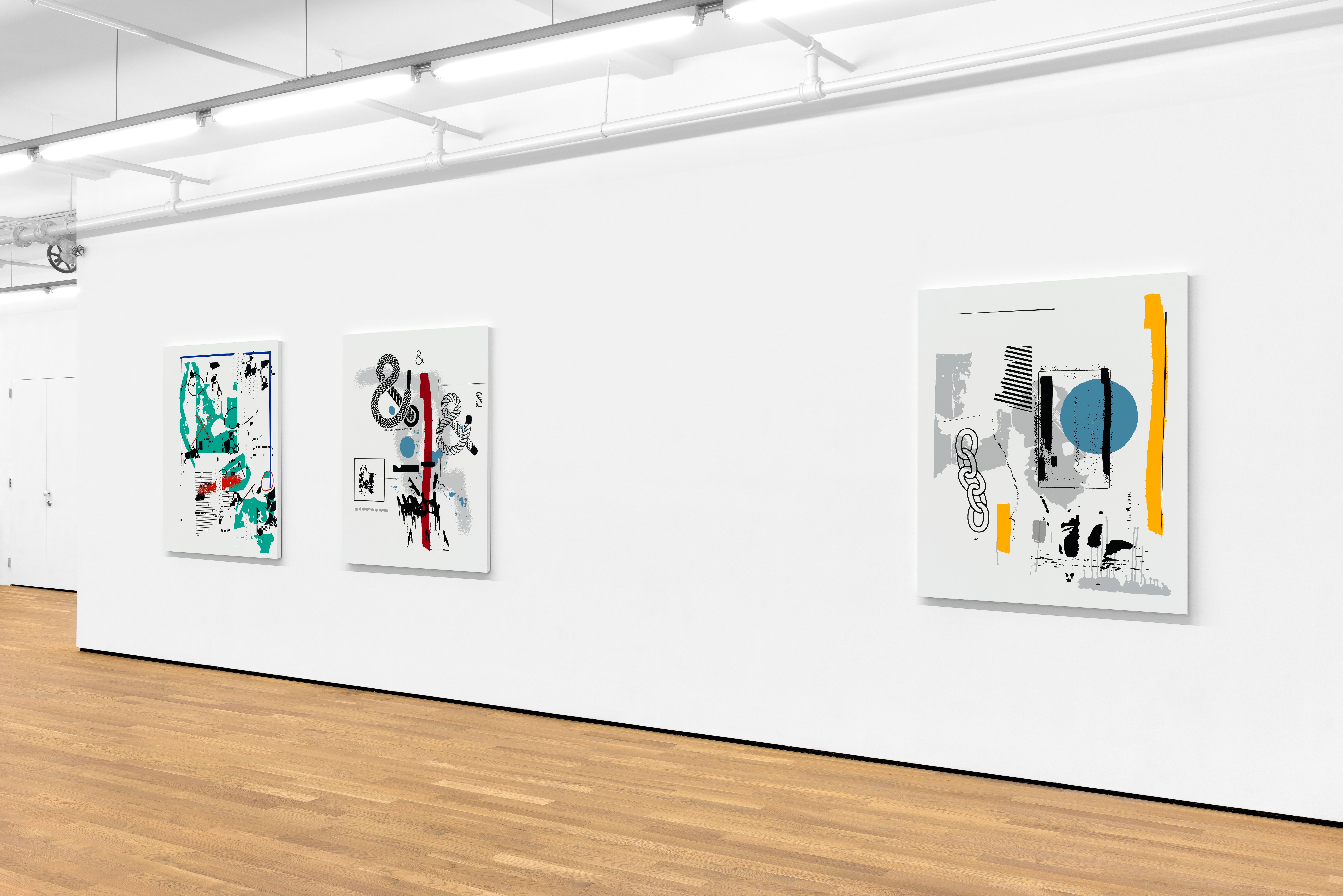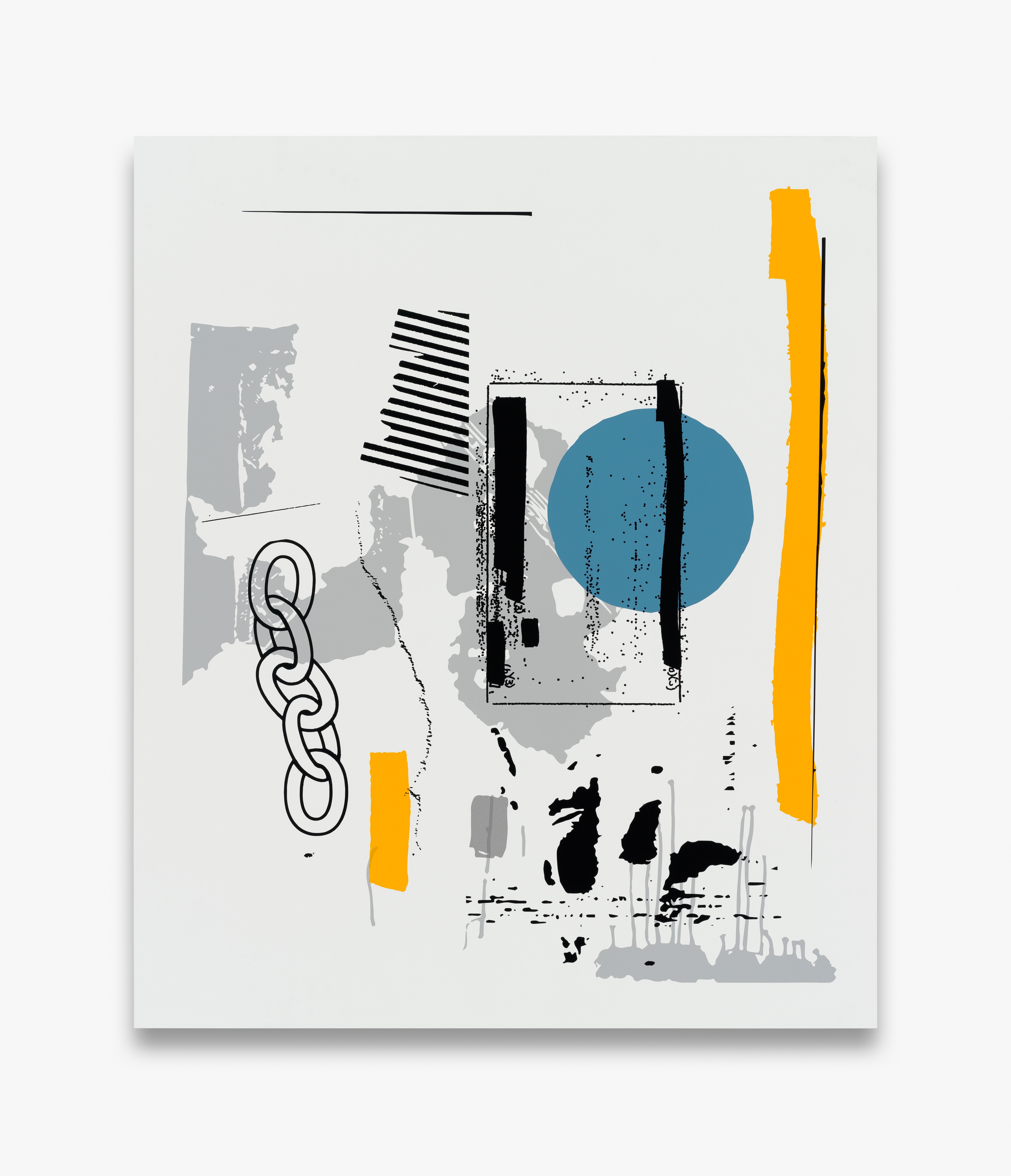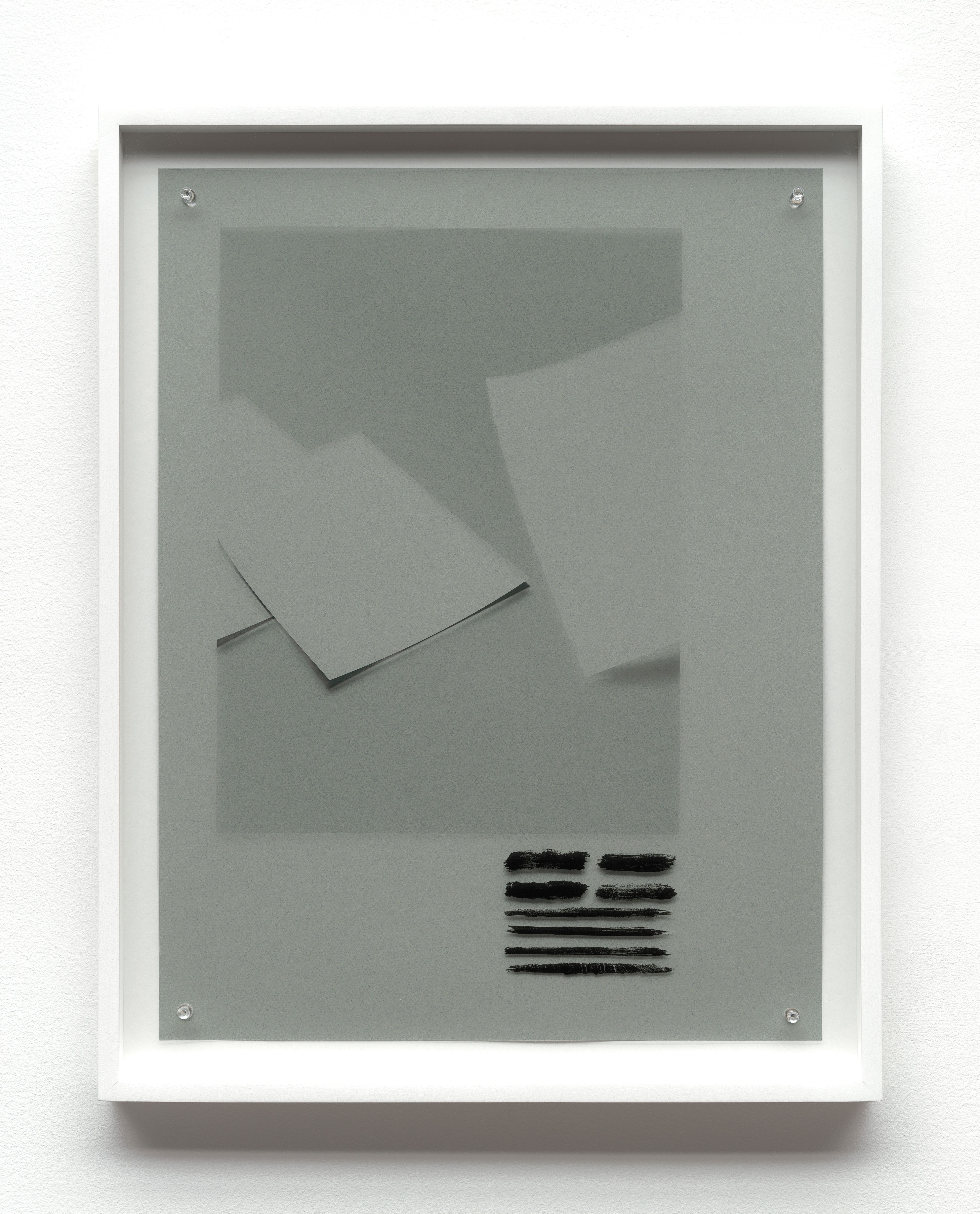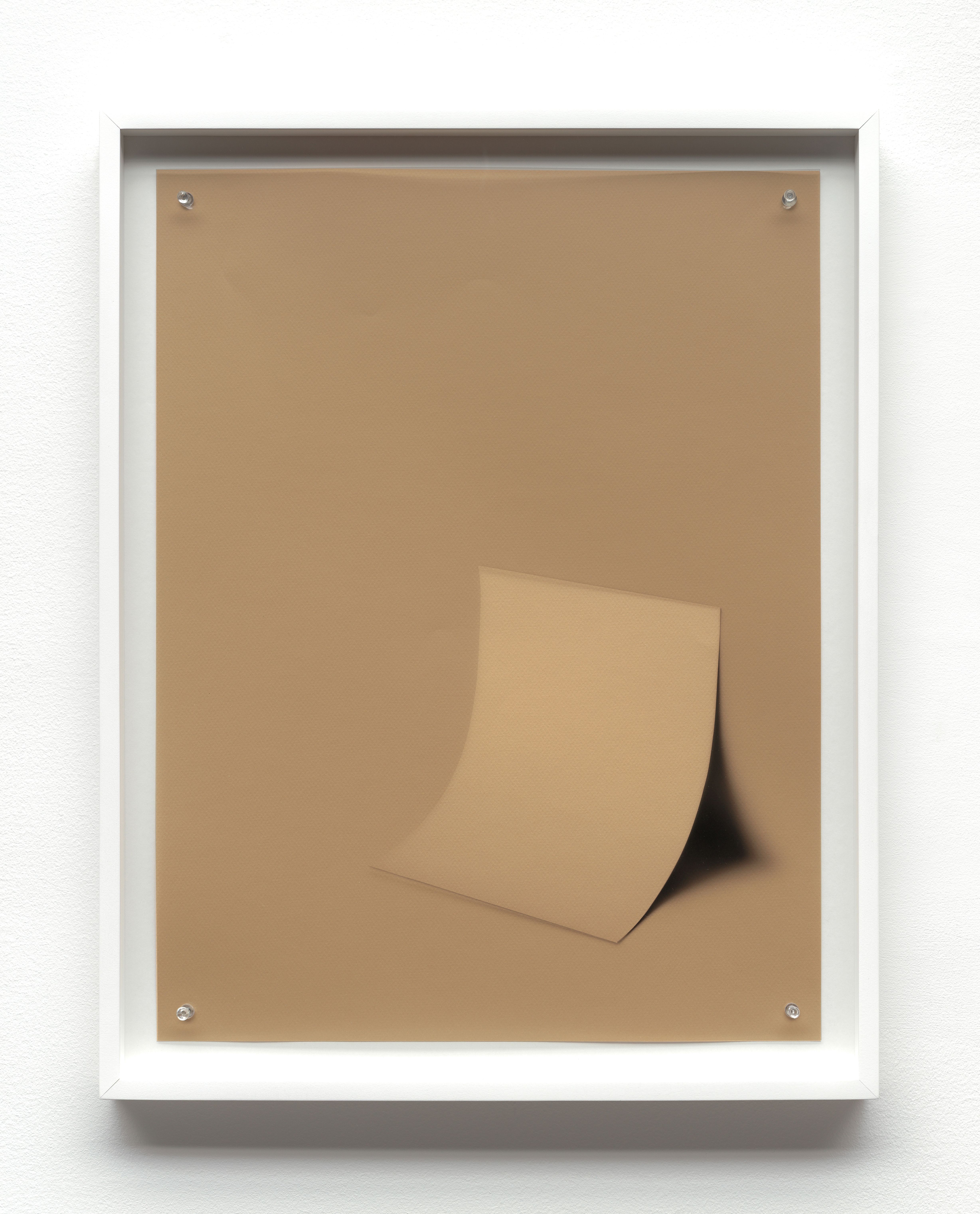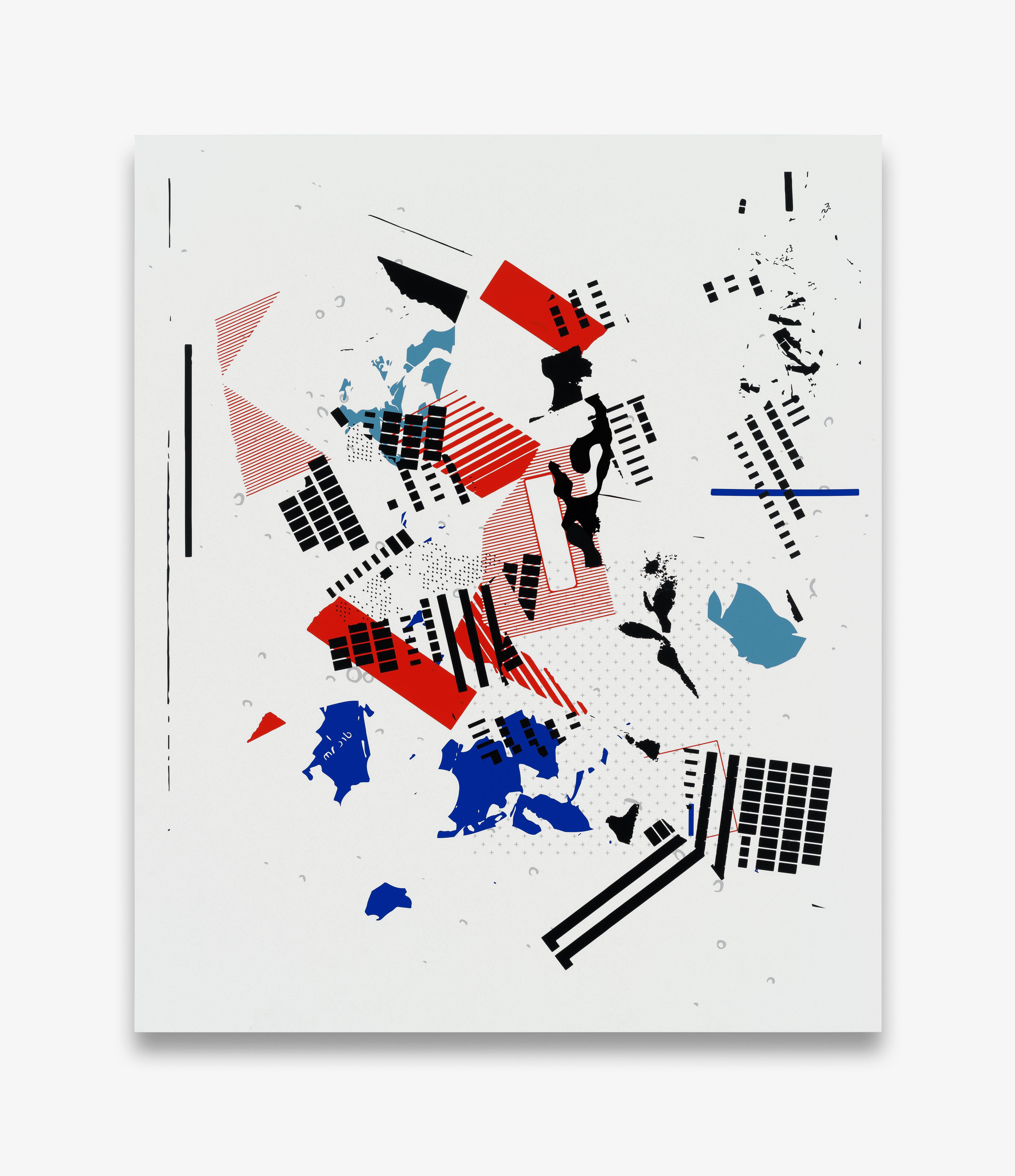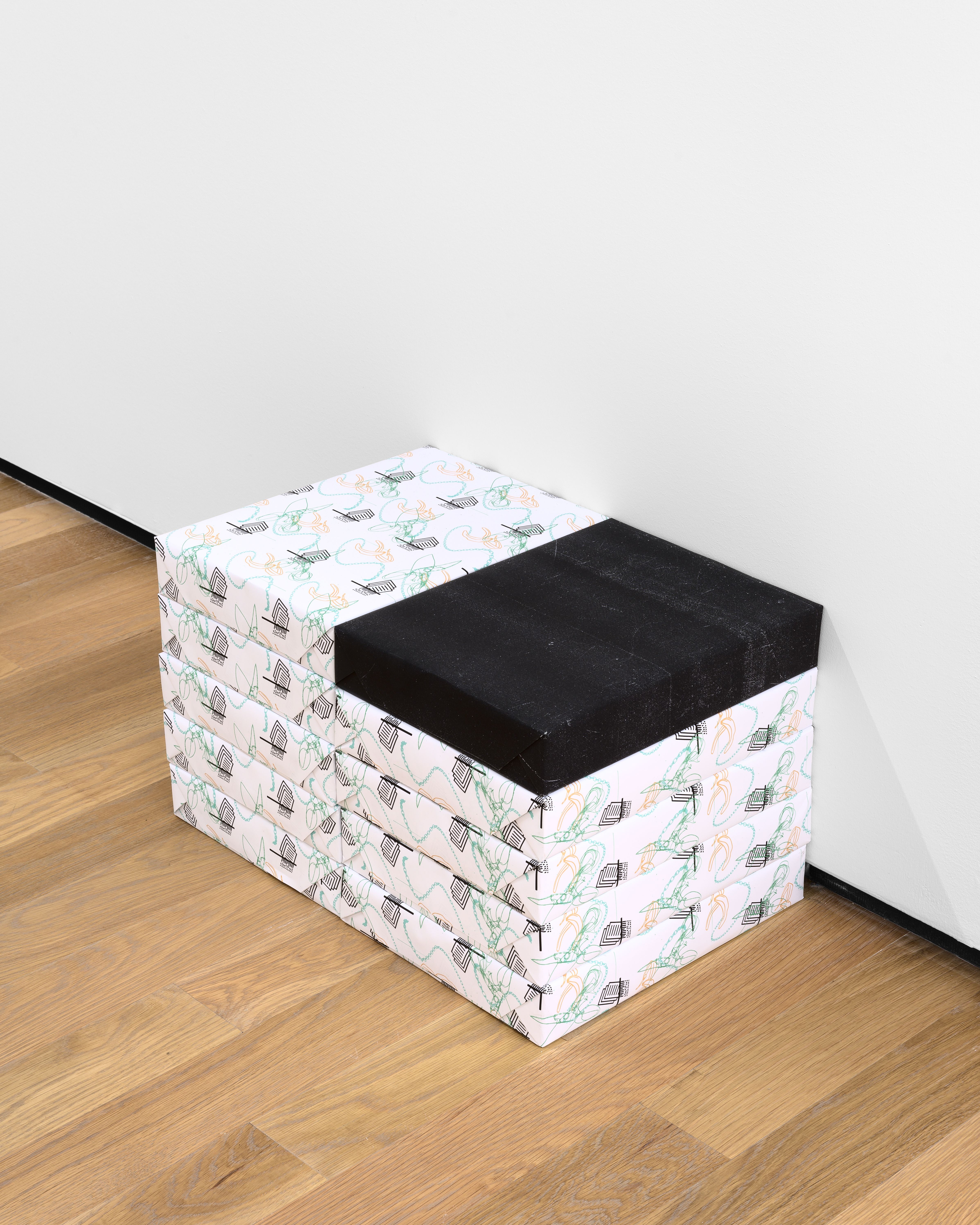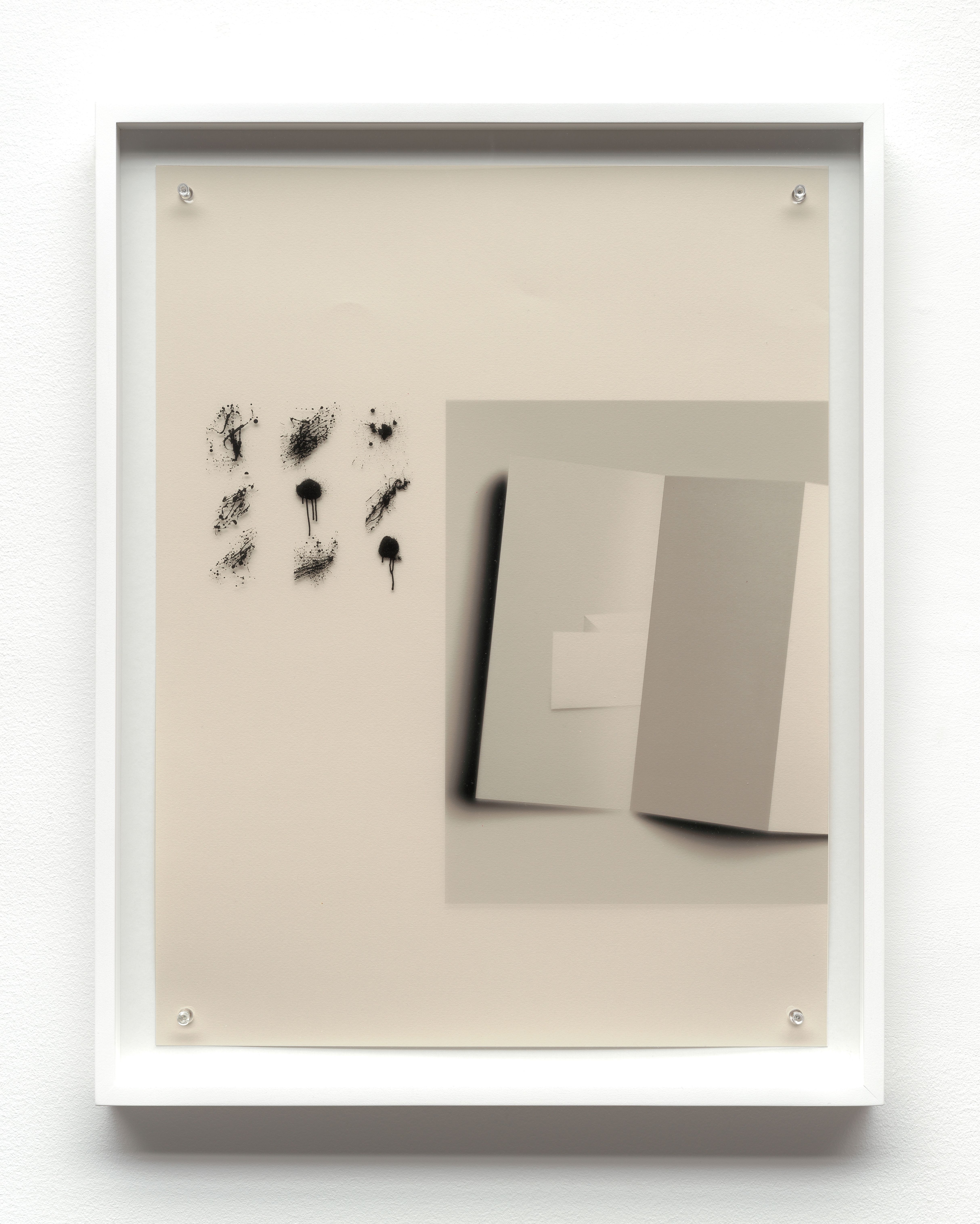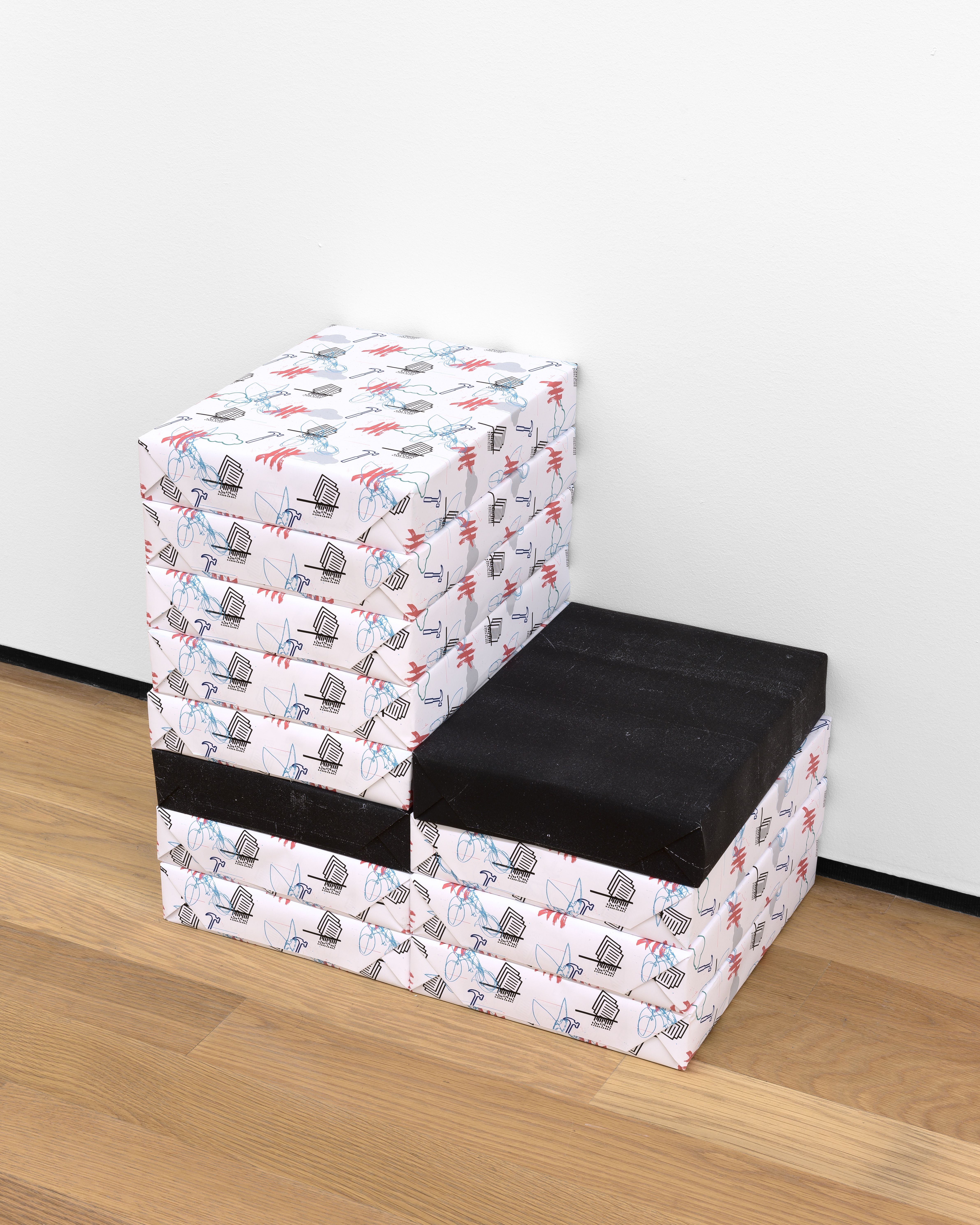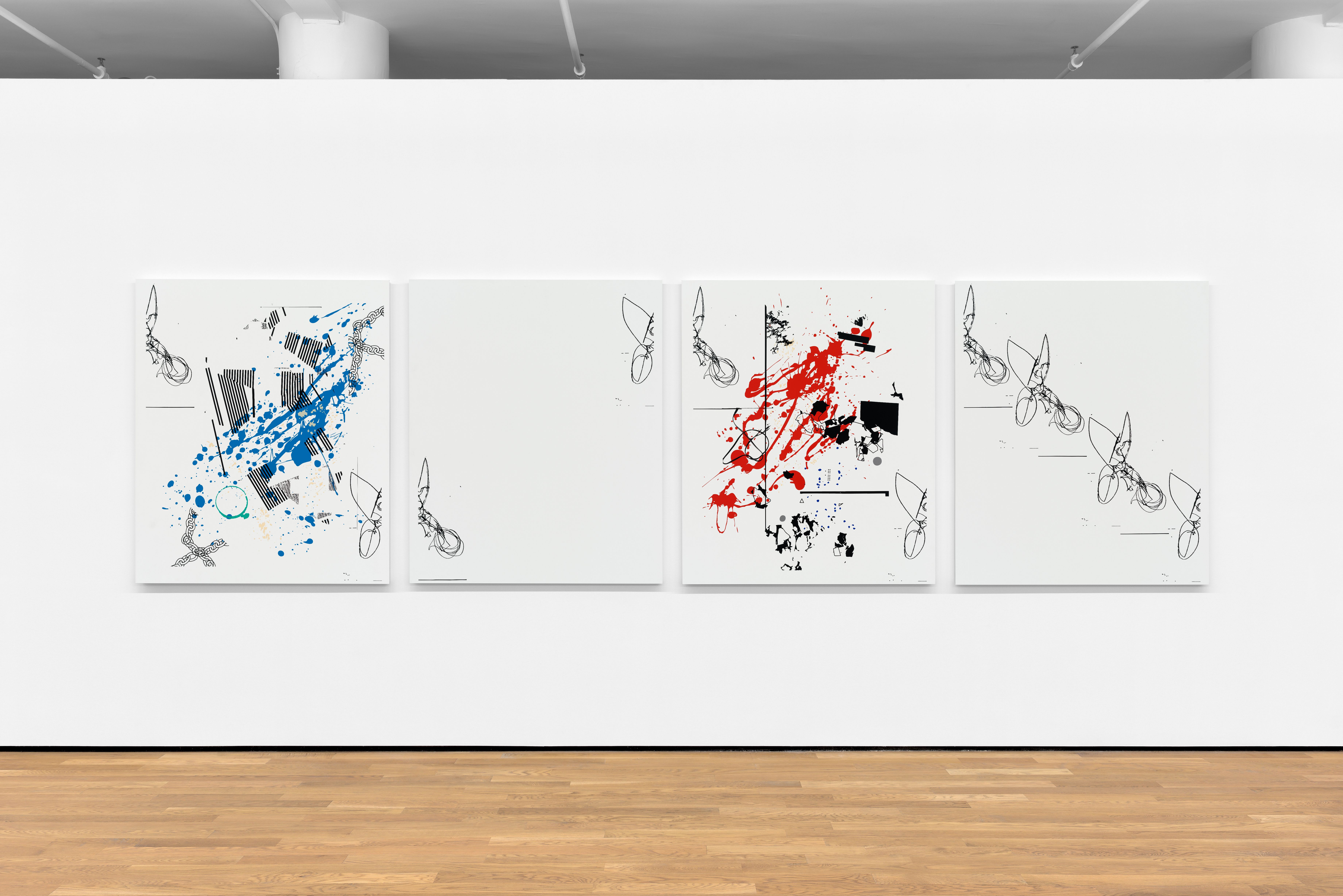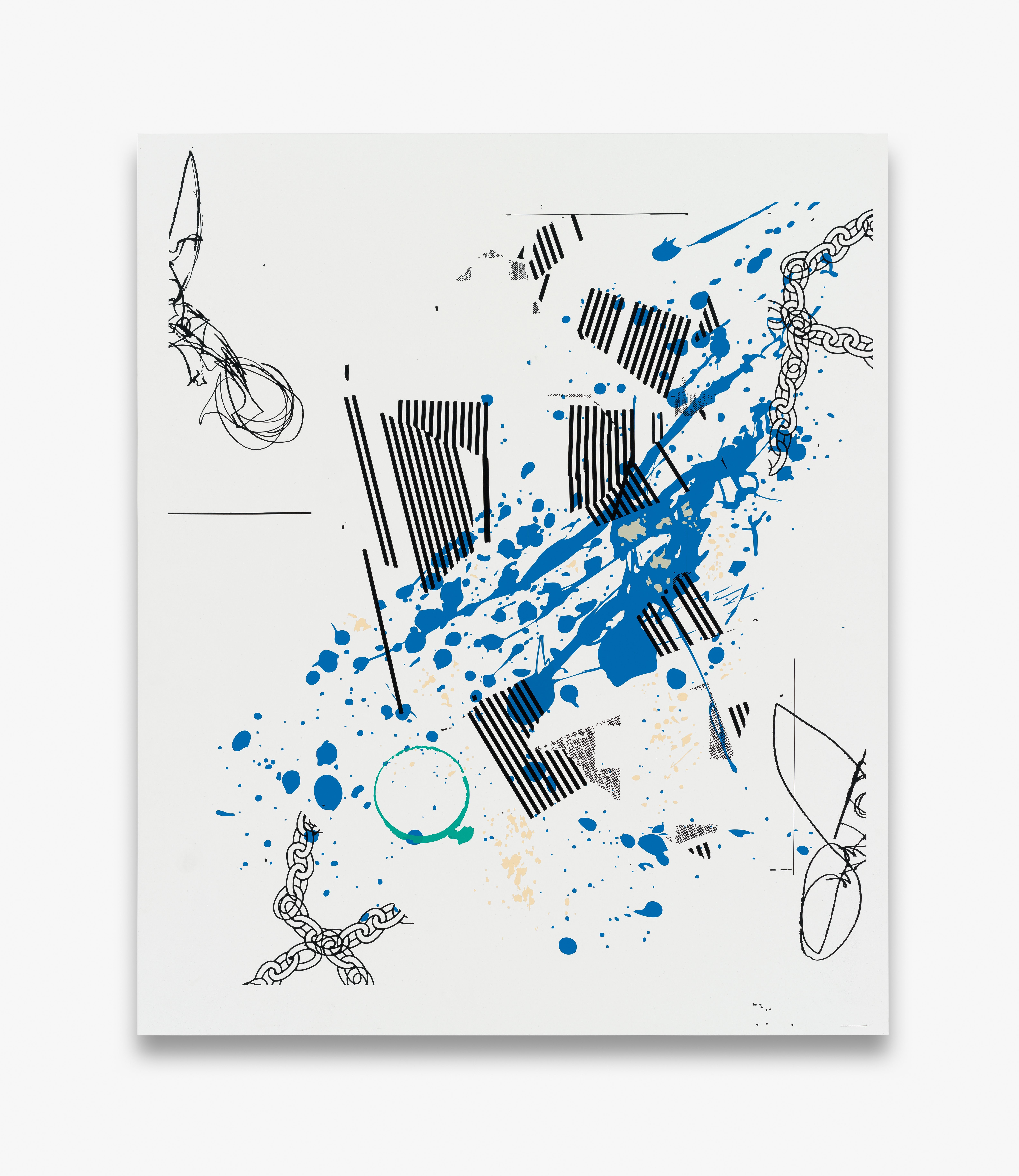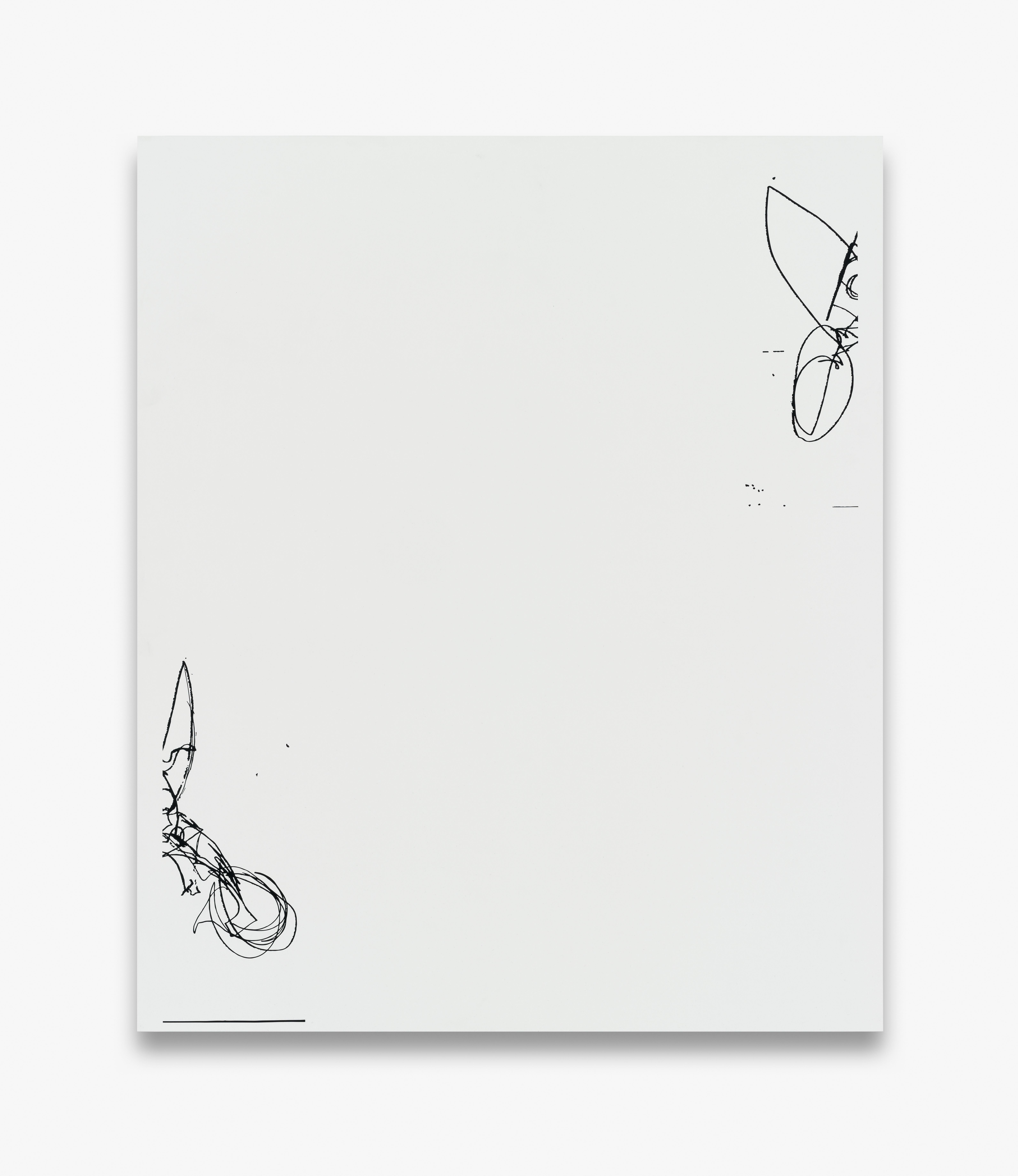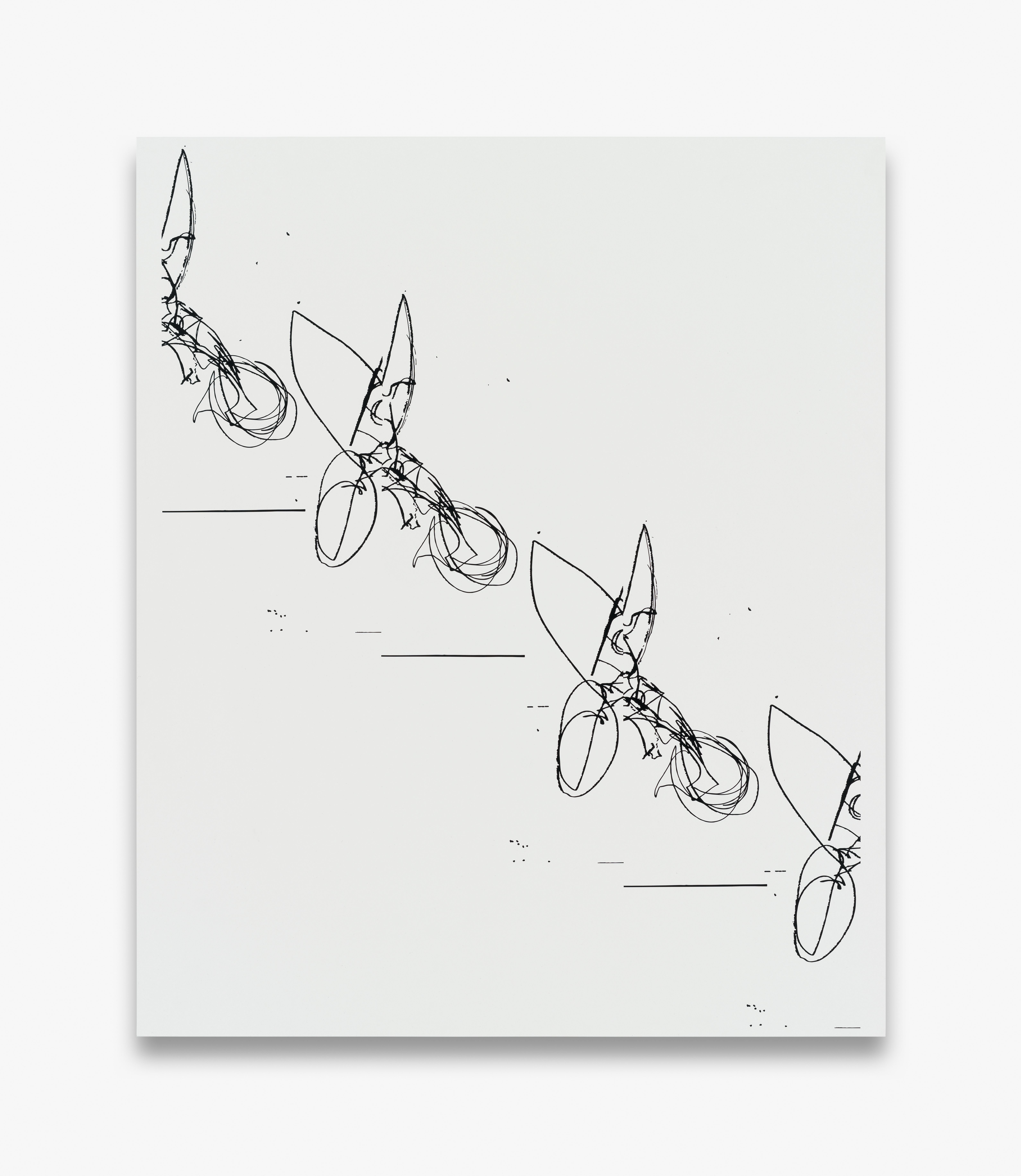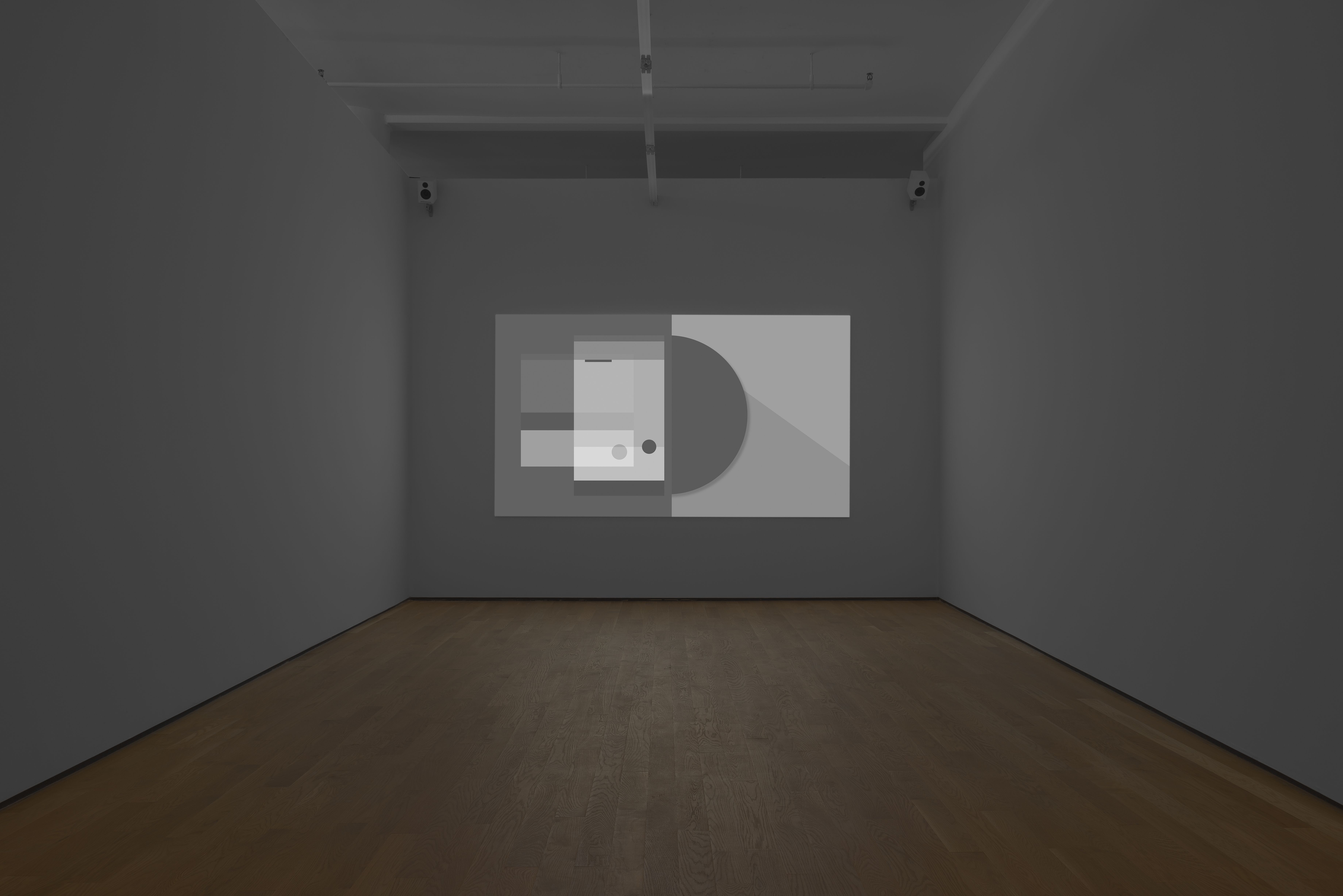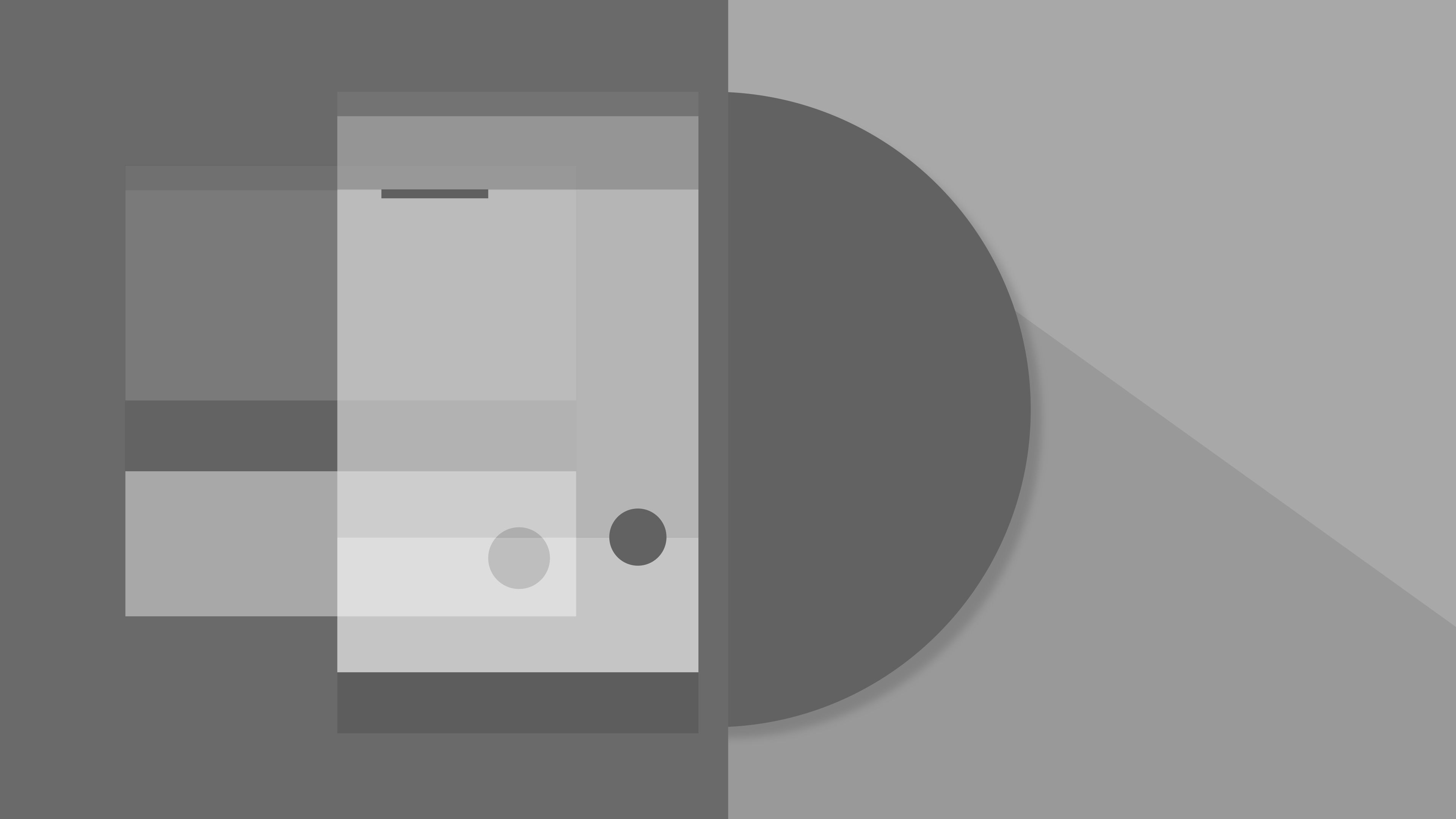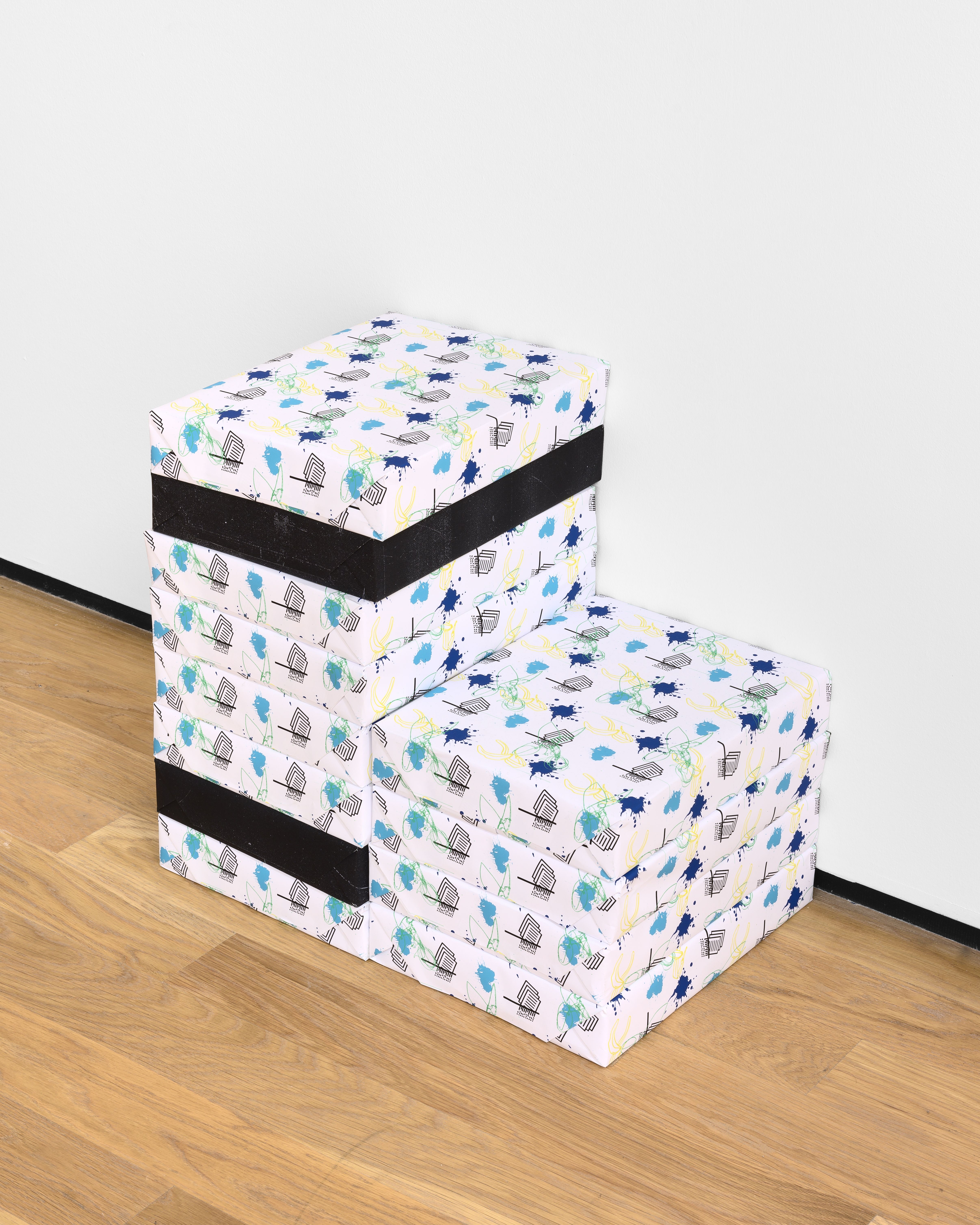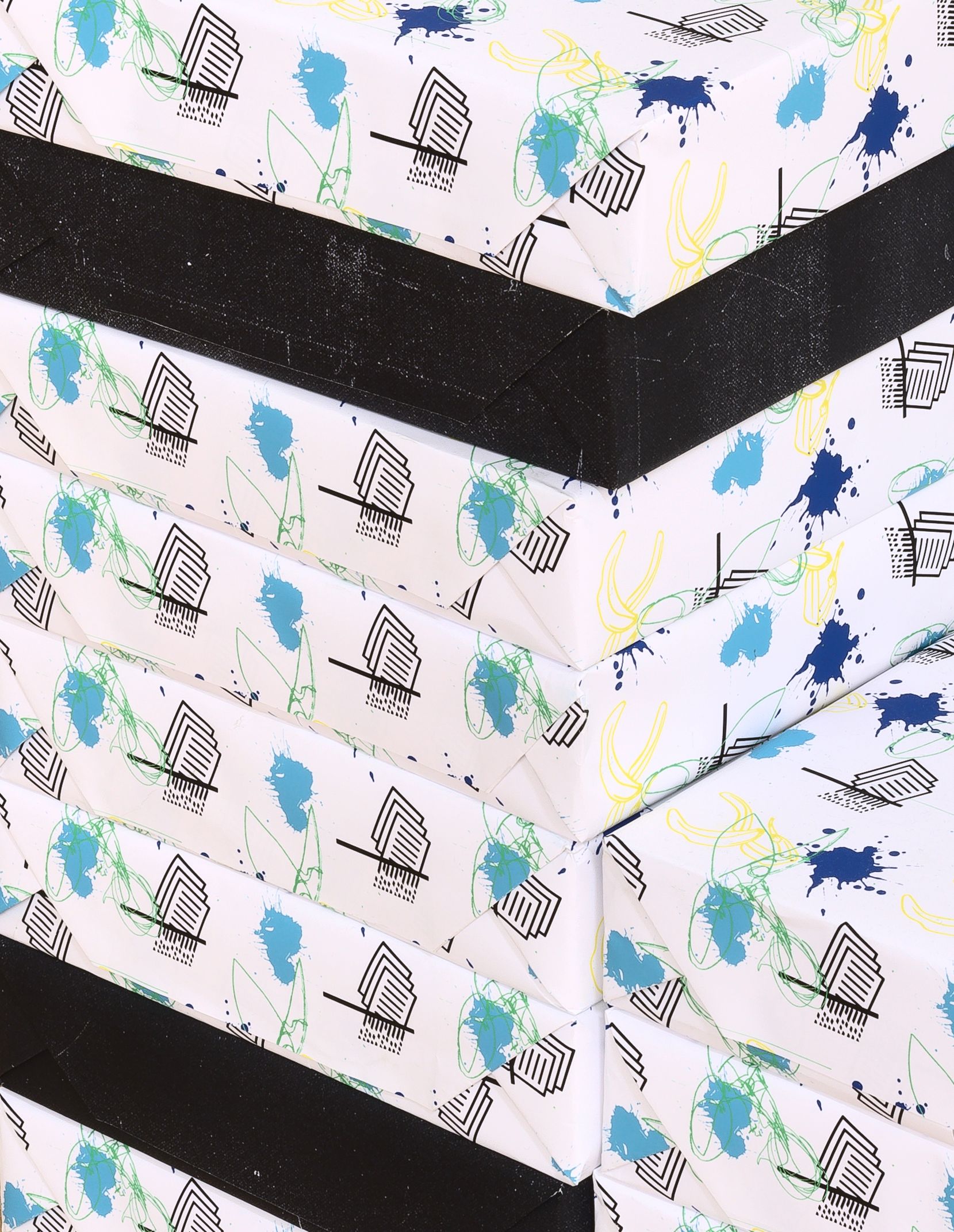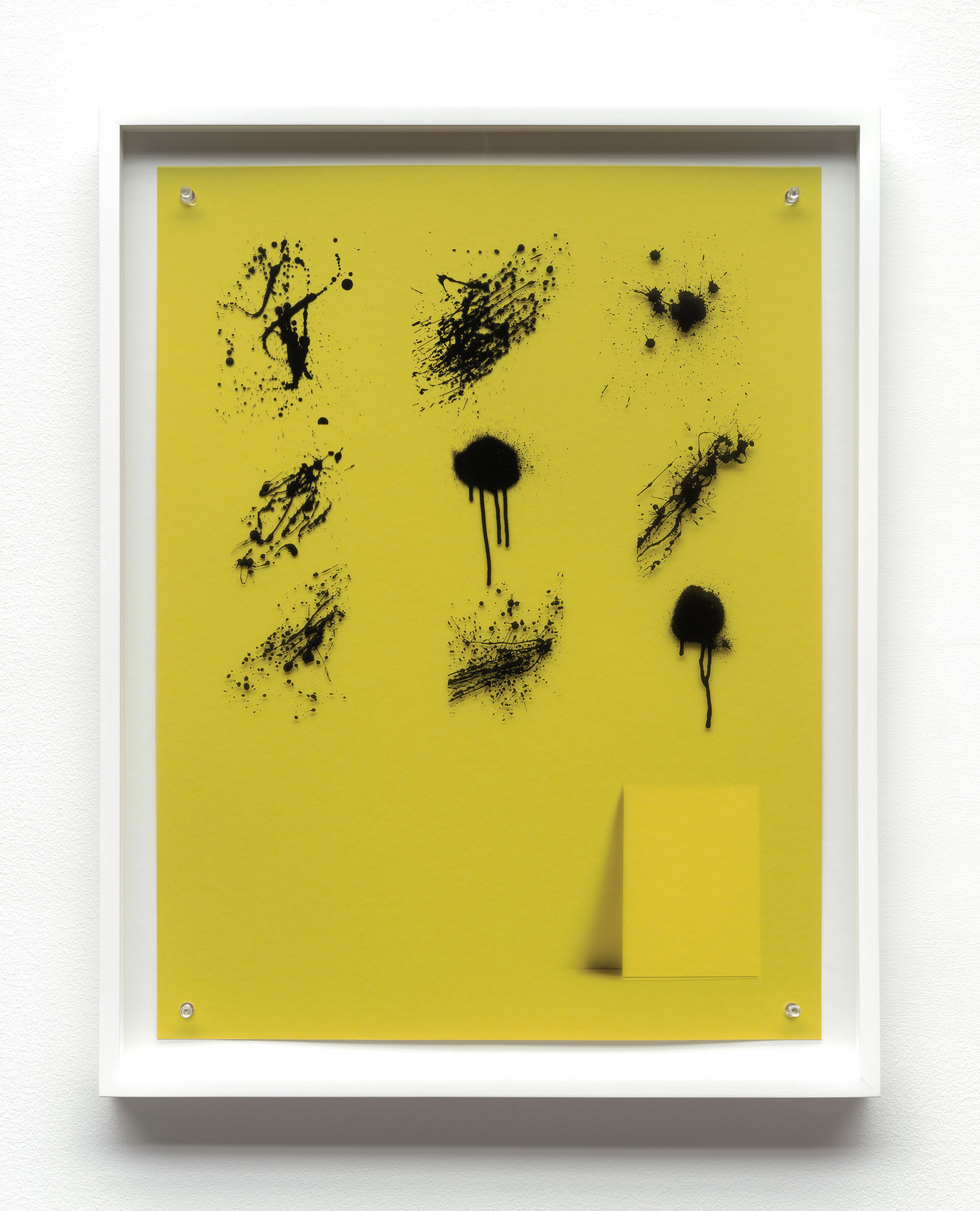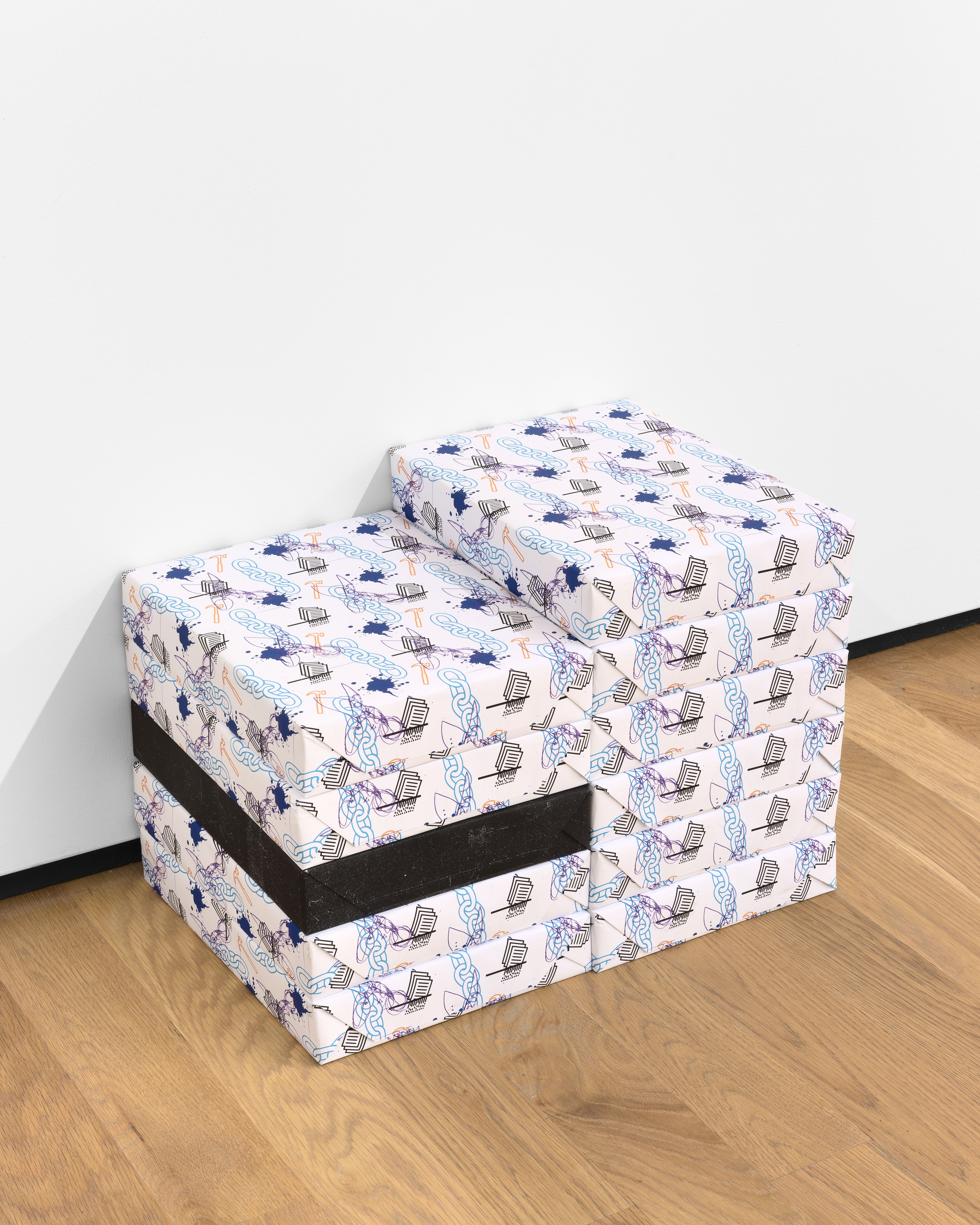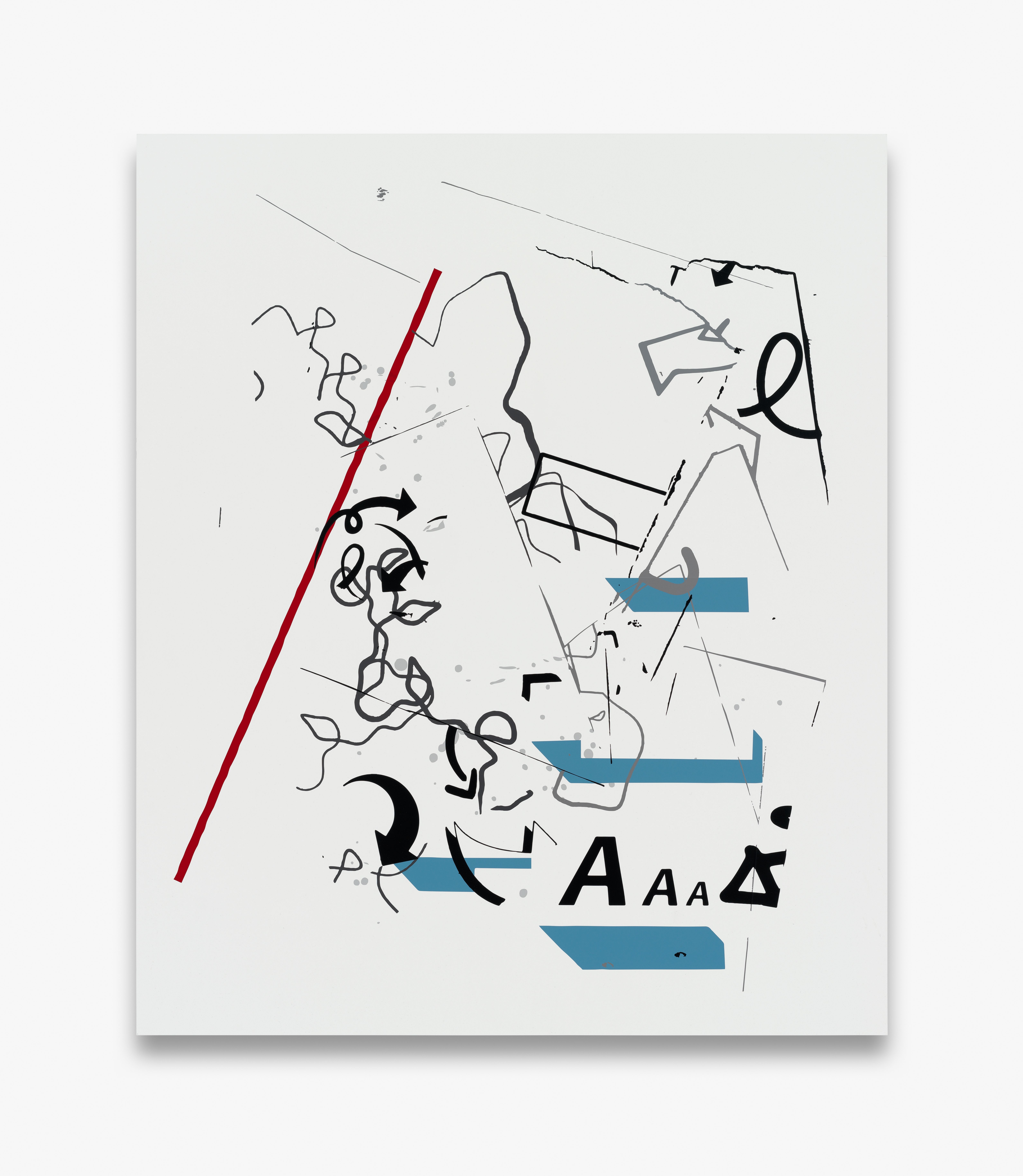In Material, Michael Bell-Smith’s latest solo exhibition at the gallery, the artist focuses on areas of translation between the immaterial and the physical. Comprising streaming video, painting, sculpture, and acetate prints, the exhibition uses digital design tools as both means of production and subject matter. The works illuminate the relationship between our subjectivity and the visual media we encounter in our daily lives.
Material is an exhibition about the conversion from the material to the digital, from the digital to the material, and about the spaces in between. It focuses on the borders between the computer and the hand, personal subjectivity and digital systems, the cloud and the print-out, the fixity of material decision-making and the limitless potential of networked information. Rooted in the histories of appropriation, collage, and printing technologies, the exhibition poetically interrogates our current-day relationship to materiality.
The show has four components: Layouts, a series of paintings made using digitally cut vinyl; Paper Piles, sculptures made from stacks of paper; Mockups, layered digital prints; and MBS Material, a streaming found-footage video.
Operating in a space among painting, collage, drawing, and page design, the Layouts continue the artist’s use of a vinyl cutter, a machine that cuts digital shapes from sheets of adhesive colored vinyl, as a tool of artistic production. Primarily used by home DIY crafters and the sign-making industry, it is an inexpensive alternative to screen-printing, a low-tech digital format that the artist has taken on as a personal craft.
The works are made from combining discrete marks in a series of layers in a process akin to collage or screen printing. The marks reference various registers of printed material such as photocopied punk zines, avant-garde publications, clip art, and PDFs distributed online. They carry the traces of various processes and reproductive technologies, including scanning, image compression, and digital photography, all flattened to outlines and silhouettes.
Paper Piles comprises stacks of office paper that have been transformed into a series of sculptures. Each stack has been re-wrapped in custom printed paper wrapping adorned with patterns of icons that reference the life and utility of printer paper.
Bell-Smith’s Mockups take as their starting point the digital image templates of the same name used in design and the creative industries. Distributed on the Internet, they envisage how a digital image might look when printed, whether, for instance, as a magazine, brochure, or flyer. In Bell-Smith’s work, such files are stripped of their content, leaving only a paper form rendered in black and white, as edges, folds, or shadows. They are scaled, layered, and paired with other digital marks, and then printed on transparent acetate and layered on colored paper.
MBS Material is a streaming video that continues the artist’s exploration of the visual systems of design and advertising. The work is presented in the gallery as a streaming video via a custom built website that exists, not unlike Netflix or Hulu, “in the cloud” only, opening up questions of immateriality, fixity, ownership, and network dependence.
In 2014, Google developed a design “language” known as Material Design that was open to the public via a set of online resources and tutorials. It encompasses a set of strict rules on how to design user interfaces in screen-based media, purportedly to ensure a uniform and seamless digital experience for the computer user as they move from one application to the next. The artist has taken a series of these tutorial videos and re-edited them in the tradition of a found footage video. Both liberating and critiquing its source material, the work’s precise editing foregrounds repetition and geometric movement, creating a formal link to early 20th-century experimental animation and Post-war Structuralist film-making.
CREDITS
Photography: Mark Woods.


